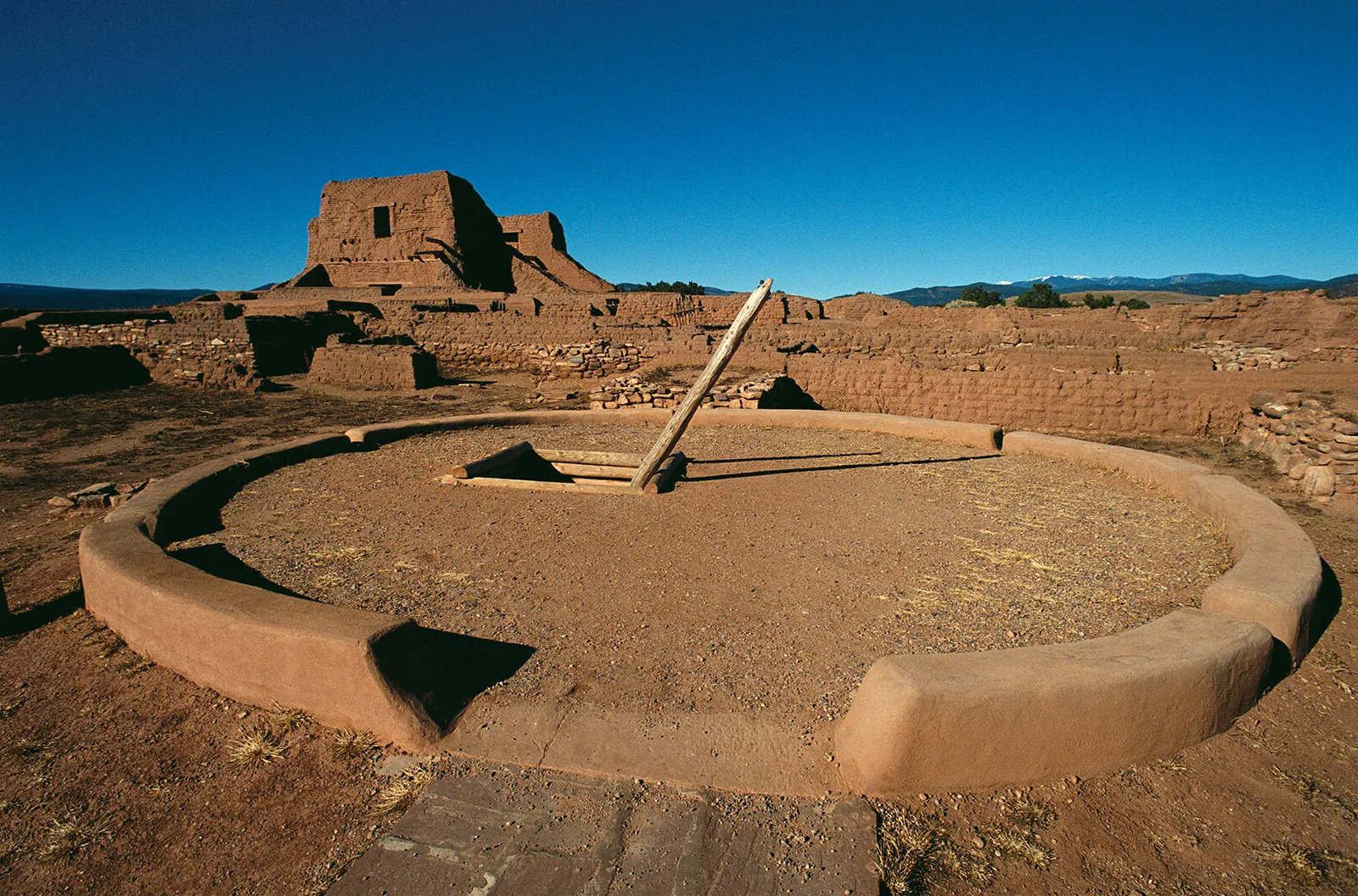Mysteries Of Pueblo Kivas In The Southwest

Have you ever wondered about the ancient structures hidden in the American Southwest? Pueblo Kivas are one of the most intriguing. These underground chambers, built by the Ancestral Puebloans, served as spiritual and community centers. Imagine stepping into a circular room, its walls adorned with symbols and its air thick with history. Used for ceremonies, meetings, and rituals, these spaces offer a glimpse into the lives of a people who thrived in a harsh desert environment. Exploring these kivas not only connects you to the past but also enriches your understanding of Native American culture. Ready to learn more about these fascinating structures?
What Are Pueblo Kivas?
Pueblo Kivas are ancient ceremonial structures used by Native American tribes in the Southwest. These underground or partially underground rooms hold significant cultural and spiritual importance. Let's explore some of the most intriguing Kivas in the region.
1. Chaco Canyon, New Mexico
Chaco Canyon is home to some of the most impressive Kivas. The Great Kiva at Chetro Ketl stands out with its massive size and intricate design. This site offers a glimpse into the architectural prowess of the Ancestral Puebloans.
2. Mesa Verde, Colorado
Mesa Verde National Park boasts several well-preserved Kivas. Cliff Palace, the largest cliff dwelling, features numerous Kivas that were central to the community's religious and social life. The park provides a unique opportunity to see these ancient structures up close.
3. Bandelier National Monument, New Mexico
Bandelier National Monument houses Kivas that are carved into the soft volcanic tuff. The Alcove House Kiva, accessible by climbing ladders, offers a fascinating look at how the Ancestral Puebloans adapted their architecture to the landscape.
4. Aztec Ruins, New Mexico
The Aztec Ruins National Monument features a reconstructed Great Kiva that gives visitors a sense of the grandeur and importance of these structures. The site provides valuable insights into the daily and ceremonial life of the Ancestral Puebloans.
5. Canyon de Chelly, Arizona
Canyon de Chelly National Monument contains several Kivas within its cliff dwellings. The White House Ruin, one of the most famous sites, includes Kivas that were integral to the spiritual practices of the Navajo people.
6. Hovenweep National Monument, Colorado and Utah
Hovenweep National Monument spans the Colorado-Utah border and features Kivas within its unique stone towers. These structures highlight the ingenuity and adaptability of the Ancestral Puebloans in a challenging environment.
7. Pecos National Historical Park, New Mexico
Pecos National Historical Park preserves the remnants of a large Pueblo community, including several Kivas. The park's mission ruins and Kivas offer a glimpse into the blending of Native American and Spanish cultures.
8. Wupatki National Monument, Arizona
Wupatki National Monument is home to the Wupatki Pueblo, which includes a large Kiva. This site provides an excellent example of how the Ancestral Puebloans built their communities in the arid landscape of northern Arizona.
9. Salinas Pueblo Missions, New Mexico
Salinas Pueblo Missions National Monument features Kivas within its three mission sites. These Kivas illustrate the cultural and religious practices of the Pueblo people before and after Spanish contact.
10. Casa Rinconada, New Mexico
Casa Rinconada, located in Chaco Canyon, is one of the largest Kivas in the Southwest. Its impressive size and unique architectural features make it a must-see for anyone interested in Pueblo history and culture.
The Enduring Legacy of Pueblo Kivas
Pueblo Kivas hold a special place in the history of the Southwest. These underground chambers were more than just meeting spots. They were spiritual centers where ancient Puebloans connected with their beliefs and community. The architecture of Kivas, with their circular design and unique features like the sipapu, reflects the ingenuity and cultural depth of the people who built them.
Visiting these sites today offers a glimpse into a world that thrived centuries ago. It’s a chance to appreciate the craftsmanship and spiritual significance that Kivas represent. Whether you’re a history buff or just curious, exploring Pueblo Kivas provides a deeper understanding of the rich heritage of the Southwest.
So next time you find yourself in this region, take a moment to step into a Kiva. Feel the history, and let the stories of the past enrich your journey.

